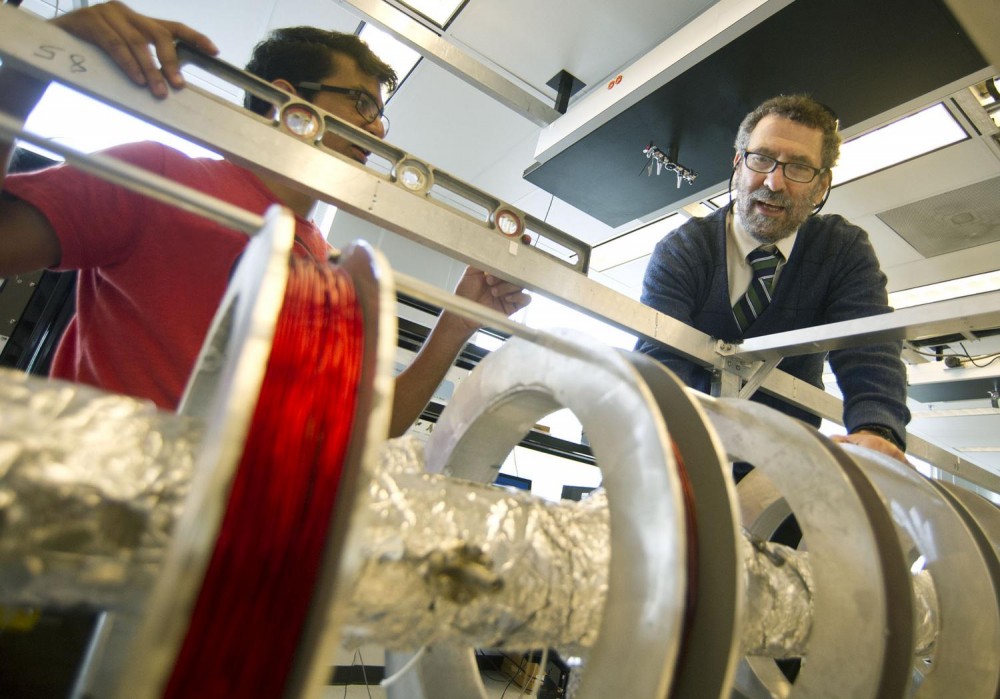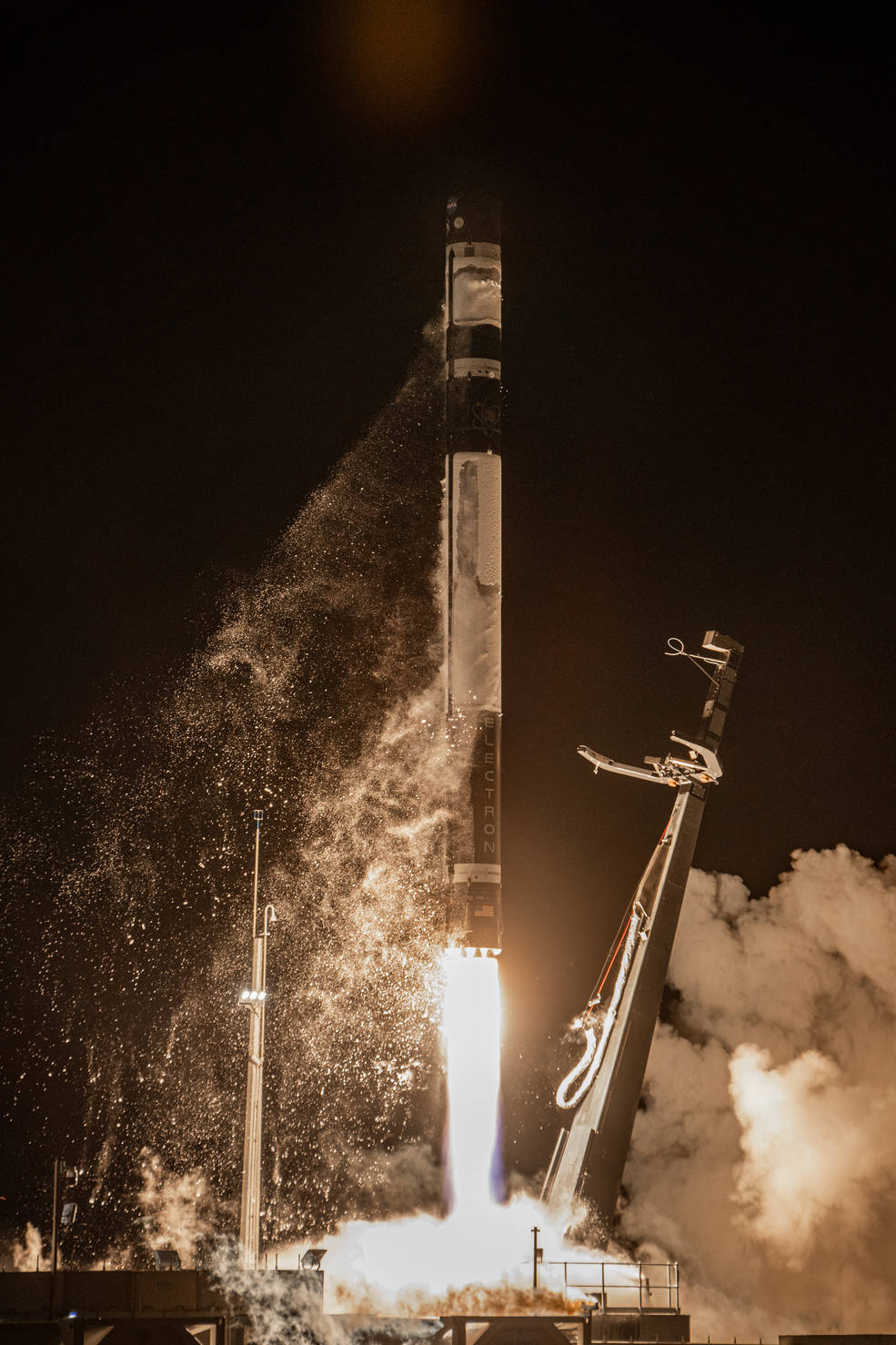Between 2016 and 2030, new technologies must be developed for clean energy to permanently alter the energy industry and provide abundant, cheap, and widely available energy to all.
The Transition from Dirty to Clean Energy
Researchers currently project the end of the industrial age, focused on energy and transportation, as no later than 2030. As stated in the book Clean Disruption of Energy and Transportation, the time is near when new technologies growing at an exponential rate will push the industrial age into the history books and the Great Transition: Shifting from Fossil Fuels to Solar and Wind Energy
will be complete.
The Deepening of Oil Insecurity
With today’s extremely low oil and gas prices it’s hard to believe the world has passed peak oil. The current boom has resulted from new extraction techniques that are much riskier than before and are likely to be more disruptive to the environment and climate.
While the fossil fuel interests seek to string out the run of fossil fuels, other organizations are analyzing the transition to make it less tumultuous. The Union of Concerned Scientists, for example, is rating the states of the US for their risk of natural gas overreliance and studying ways in which the state of California can achieve 50% renewable electricity in the next two decades.
Advanced Materials & A Clean Energy Future
According to researchers, alternative energy technologies will benefit most from new developments in advanced materials science and engineering. More efficient, powerful, inexpensive materials will define the new age and its potential. The speed of innovation in developing new materials for fuel cells, hydrogen production and storage, photovoltaics, piezoelectrics, solar energy conversion, super capacitors, and thermal electrics will directly affect how quickly the transition to clean fuels takes place.
The following video provides an assessment of the world’s leading renewable energy countries.






